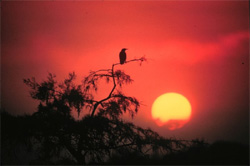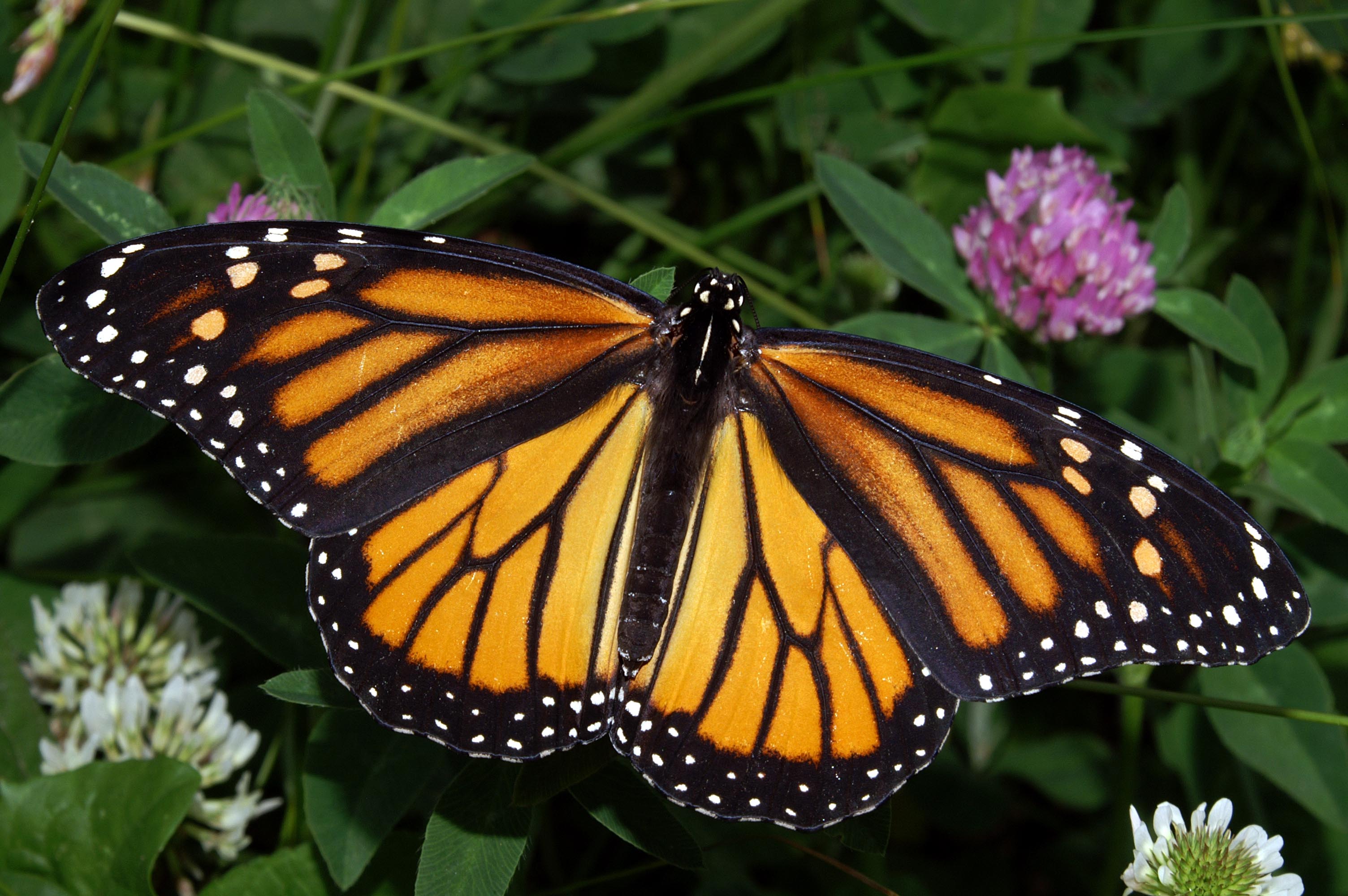The Sun on Earth
To the
best of our knowledge, our Sun is the only star proven to grow vegetables.
Philip Scherrer
Auroras, rainbows, sun dogs, green flashes, sun pillars,
sunfish, sunflowers, glorious
sunrises -- the Earth is full of wonderous
references to the Sun, each inspired by the life-giving force
from our special star.
The Sun-Earth Connection
Auroras |
Rainbows |
Sunrise, Sunset |
Global Warming |
Watering with Seawater |
The Sun in Nature
Named after the Roman goddess of dawn, auroras shimmer and glow in
the polar regions of the Earth.
What are they and how are they caused?
What do they have to do with the Sun?
How are the auroras at the North and South poles related?
When and why do auroras sometimes frequent lower latitudes?
Can we predict auroras?
What do auroras look like from spacecraft?
Do other planets have auroras?
What does it feel like to experience an aurora for the first time?
Read Sten Odenwald's
The Cosmologist and the Aurora.
To explore auroras, start with these:
We all know that rainbows are caused by light refracting through raindrops. But
do you really understand what that means? Do 2 people standing a ways
apart see the same rainbow? Are the colors of a rainbow in any particular order?
Why do we sometimes see 2 rainbows, a second fainter one "echoing" the first?
How can you make your own rainbow? Are there other ways to break up light into
its colors? What does a rainbow look like from a high-flying aircraft (hint:
it's not an arch anymore)?
These sites won't tell you all the answers, but here are some places to
start:
Not until 1959 did Parliament revoke a 300-year-old
law in Britain that made it a crime punishable by burning at the stake to
forecast the weather.
 We've
all experienced that special moment when our Sun, yellow-orange in the haze,
finally sets and leaves our world. But, do you know why the sunset is red, or
why the Sun appears "squashed" as it sets? Have you ever seen the green flash
just after sunset? Or a sun pillar just before dawn?
We've
all experienced that special moment when our Sun, yellow-orange in the haze,
finally sets and leaves our world. But, do you know why the sunset is red, or
why the Sun appears "squashed" as it sets? Have you ever seen the green flash
just after sunset? Or a sun pillar just before dawn?
The Sun and our atmosphere are a magical and mischievous team, often trying
to trick us with unlikely appearances. Explore more about white sunsets, mirages,
a blue sun at noon, silver linings, sun halos, Glories, and why our sky is
blue (and Mars' isn't).
(Image Credit: National Park Service. NOAA Photo Library.)

More on Atmospheric
Optics
Image Credit: Linda Brown
 Global
warming -- a gradual increase in planet-wide temperatures -- is now well documented
and accepted by scientists as fact. A panel convened by the U.S National Research
Council, the nation's premier science policy body, in June 2006 voiced a "high
level of confidence" that Earth is the hottest it has been in at least
400 years, and possibly even the last 2,000 years. This warming is largely
attributed to the increase of greenhouse gases (primarily carbon dioxide and
methane) in the Earth's upper atmosphere caused by human burning of fossil
fuels, industrial, farming, and deforestation activities.
Global
warming -- a gradual increase in planet-wide temperatures -- is now well documented
and accepted by scientists as fact. A panel convened by the U.S National Research
Council, the nation's premier science policy body, in June 2006 voiced a "high
level of confidence" that Earth is the hottest it has been in at least
400 years, and possibly even the last 2,000 years. This warming is largely
attributed to the increase of greenhouse gases (primarily carbon dioxide and
methane) in the Earth's upper atmosphere caused by human burning of fossil
fuels, industrial, farming, and deforestation activities.
Some uncertainty remains about the role of natural variations in causing
climate change. Solar variability certainly plays a minor role, but it looks
like only a quarter of the recent variations can be attributed to the Sun.
At most.
Want to learn more? Visit
our global warming page.
Image Credit: Environmental Protection Agency. NOAA
Photo Library

Wiki commons
|
Great monarch butterfly migration mystery solved
Monarch butterflies migrate from Canada to Mexico every year, taking two months to complete the trip.
They are the only known insects able to migrate such a vast distance.
The mystery is -- how do they navigate to a place they have never been?
According to new research, their cues depend entirely upon the Sun. They have an "internal Sun compass" that tracks the horizontal
position of the Sun and that keeps the time of day. Check out the article for more details.
|

P. Landmann, Willot et al.
|
Ever wonder how insects in the scorching Sahara Desert deal with the heat? At least one mystery has been solved -- the
Saharan Silver Ant have evolved special hairs that give them a metallic sheen and help keep them cool! The article tells more about the
fascinating evolutionary advantage.
Saharan Silver Ants Use Hairs to Reflect Desert Sun
|

Photo courtesy of Mike Johnson |
Amongst the fishes
of the sea, the Sunfish
("Mola mola") is most likely the strangest. Named for its habit
of laying on its back near the surface to "sunbathe", this gentle giant
resembles a fish designed by committee -- squarish, missing a tail, and
its fins are in the wrong place!
Most fish do not
lie on their sides to sunbathe. Why do you think the Sunfish does?
|
|
 |
The
Sunflower is known for its ability to track the sun throughout the
day. How do you think it does this? Some sunflowers live near the polar
regions, where their "day" is 6 months long. Do you think they "spin down"
when their sun finally sets? |

|
The
Sun Scorpion. Despite their common name, Sun Scorpions are not scorpions
and they shun the sunlight, preferring to hunt at night. They are also
called wind scorpions because they appear to run as fast as the wind.
They are sometimes called camel spiders or sunspiders after their sunny desert habitat.
Image credit: Royal BC Museum |

